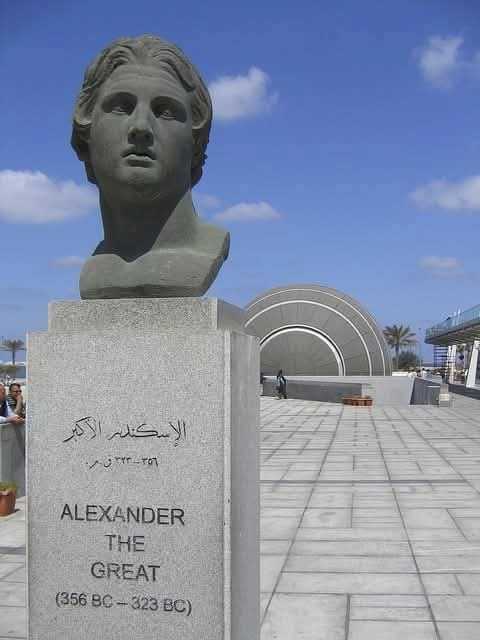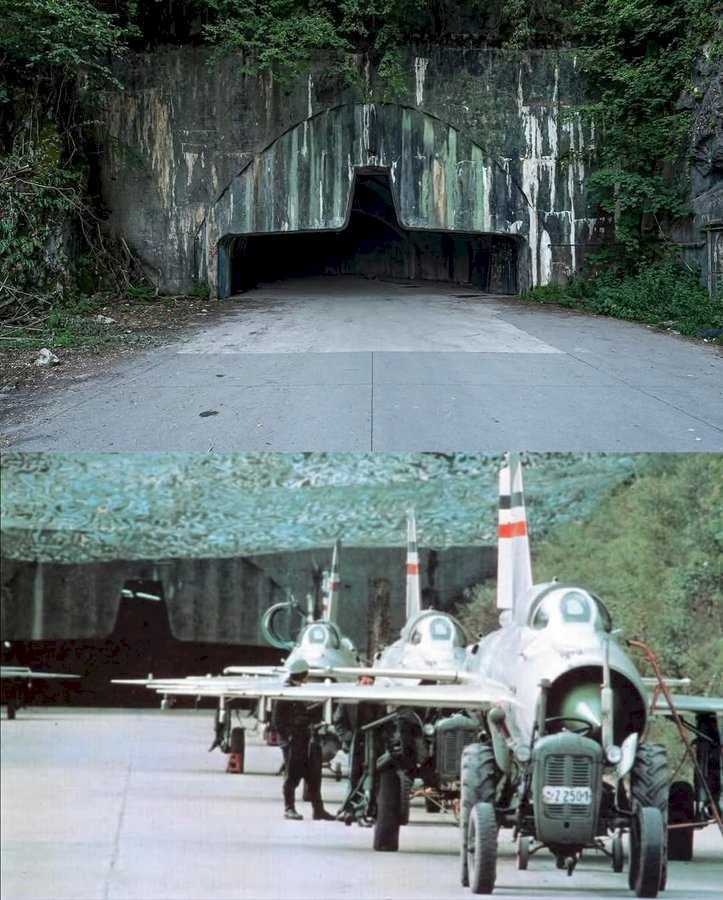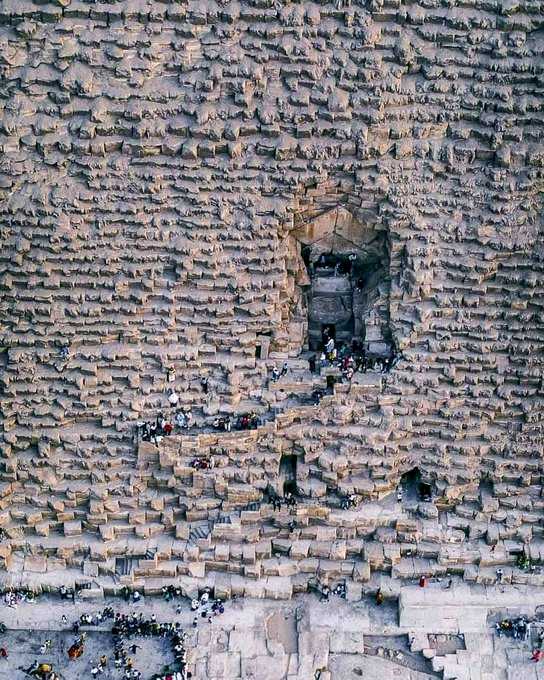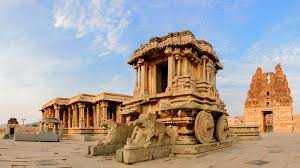

View 115 times
A true icons of Italy that is as admired as much now as it was back in 1957... The Fiat 500 Was the First True City Car -
There’s no Italian car more iconic than the Fiat 500. True, it may not have the horsepower of a Ferrari or be a headturner like a Lamborghini, but there’s a certain level of affection that comes from seeing it bumble and bounce through the cobblestoned streets of Rome or wind like a toy car down the curving roads of the Positano coastline.
The car, more than any other, has become a historic symbol of Italian culture and style, and it has the cultural credentials to prove it. The Fiat 500 drives Audrey Hepburn and Gregory Peck around in Roman Holiday (1953), and races against Mini Coopers through the streets of Turin in The Italian Job (1969). Madonna dances in a club with the car in the music video for “Hung Up”, and Katy Perry with it in “Last Friday Night”. A photograph of Peter Sellers, hanging out of the sunroof trying to capture his wife Britt Eckland on her Vespa cruising in front of the Colosseo, is world famous. The Cinquecento was even a cover girl, in a 1987 edition of Elle Magazine.
Born in July of 1957, this tiny rear-engine car, designed by Dante Giacosa, came from the need for affordable, practical, and economical transportation in post-war Italy; a need the Fiat 500, also marketed as the “nuova”, quickly satisfied, becoming known as the “people’s car” for its efficiency and size.
Just a little over 2.5 meters long, the two-door, semi-convertible Cinquecento was touted as the first true city car, and anyone who’s attempted to maneuver through the little streets of a Piemontese mountain town or the narrow, “one-way” alleys of Naples with any other automobile will understand why. Originally driven by a 479 cc two cylinder engine that topped out at 85 km/h (53 mph), the car was a bit… underpowered. But with later models, the engine increased in horsepower to satisfy those who wanted a bit more when shifting through the gears, and throughout the car’s first life, from 1957 to 1977, a whole host of models rolled off the production line at the famous Fiat Lingotto factory in Turin.
© Automobile Historia

View 114 times
A bust dedicated to the Hellenic King, Alexander the Great. Located in the city he founded, Alexandria, Egypt 🇪🇬
The bust of Alexander the Great in Alexandria, Egypt, honors the legacy of one of history's most renowned conquerors, who founded the city in 331 BC. Alexandria quickly became a center of culture, learning, and commerce, and under Alexander’s vision, it flourished into a prominent Mediterranean metropolis.
The bust stands as a tribute to Alexander’s far-reaching impact, not just on Egypt, but on the world. His campaigns stretched across continents, spreading Greek culture and ideas from Greece to Egypt, Persia, and beyond. As the founder of Alexandria, he laid the foundations for what would become a vital intellectual hub, symbolized in this bust by his enduring influence on the ancient world.

View 113 times
'How Death Came into the World' is a legend of the Modoc nation whose ancestral lands once covered the region of modern-day northeastern California and southern Oregon, USA. Their story of the origin of death shares many similarities with those of other Native peoples of North America as well as with the ancient Greek myth of Orpheus and Eurydice.
The Modoc were 'discovered' by Euro-Americans c. 1820 in their ancestral lands of what is now southern Oregon and northern California. They are described by the American ethnographer James Mooney (l. 1861-1921) as a small band who were culturally isolated, which makes the similarities between 'How Death Came into the World' and the Orpheus/Eurydice myth all the more interesting.
The main character of the tale, Kumokums, is the Creator God of the Modoc (also known as Kemush, Kumokum, Kumush, Koomookumpts, Gmukamps) and his name is translated as "Old Man of the Ancients" or "Primeval Old Man", suggesting his existence from the beginning of time. In one version of the Modoc Creation Story, Kumokums travels to the Land of the Dead to select the spirits that would animate the people of four tribes of the region: the Shasta, the Warm Springs, the Klamath, and the Modoc. In How Death Came into the World, he again travels to the Land of the Dead but, this time, to bring back the spirit of his recently deceased daughter.
📷 : The Pit River winds through the Modoc Plateau, once the home of the Native American Modoc nation. Photograph by Robert F. Ettner, Natural Resources Staff Officer, Siskiyou National Forest, US Forest Service, 2006.
World History #Encyclopedia

View 113 times
Željava Aerodrome, a vast underground military airbase on the border of Croatia and Bosnia and Herzegovina, was one of the largest and most advanced in Europe during the Cold War. Built by Yugoslavia in the 1960s, it featured a network of reinforced tunnels carved into the Plješevica mountain, designed to withstand nuclear attacks.
The base could house MiG-21 fighter jets and had its own power, water, and ventilation systems, allowing operations to continue even under siege. Abandoned after heavy destruction during the Yugoslav Wars, the site remains largely intact but deteriorating, with its runways and tunnels now left to the elements.

View 113 times
The entrance to the Great #Pyramid of #Giza, also known as the Pyramid of Khufu or Cheops, is one of the most iconic features of this ancient structure...
The Great Pyramid of Giza stands as a testament to the architectural brilliance and engineering skills of ancient Egypt. Constructed during the reign of Pharaoh Khufu around 2560 BC, this magnificent structure is the largest of the three pyramids on the Giza Plateau and one of the Seven Wonders of the Ancient World. Rising to an original height of nearly 147m, its construction involved the labor of thousands of workers over a span of about 20 years. Composed of an estimated 2.3 million blocks of limestone and granite, its precise alignment and complex internal passageways have intrigued historians and archaeologists for centuries. The Great Pyramid continues to captivate the imagination of people around the world, symbolizing the rich history and enduring legacy of ancient Egyptian civilization.
The original entrance was located on the northern face of the pyramid, approximately 17m above the base. This entrance was designed as a narrow passage leading into the internal corridors and chambers of the pyramid. It is believed to have been carefully sealed after the pyramid's completion to protect the burial chamber and its treasures.
In modern times, visitors do not use the original entrance. Instead, they access the pyramid through what is known as the Robbers' Tunnel, an alternate passageway created around 9th Century AD, during an attempt to uncover its secrets. This tunnel bypasses much of the original design and provides entry to the Grand Gallery and the King's Chamber.
The original entrance and its placement were part of the precise architectural planning that has amazed historians and archaeologists for centuries. The Great Pyramid's design, including its intricate internal passages, remains a subject of wonder, symbolizing the incredible ingenuity of ancient Egyptian engineering.

View 113 times
Kokorin Castle, situated in the Czech Republic's Central Bohemian Region, a medieval fortress nestled atop a rocky outcrop overlooking the Kokorin Valley.
Constructed in 14th Century AD, under the reign of King John of Luxembourg, it served as a crucial defensive bastion throughout its history, witnessing conflicts like the Hussite Wars and the Thirty Years' War. Evolving over time with architectural modifications, the castle boasts well-preserved fortifications, including towers, living quarters, and a chapel, all set within a captivating landscape.

View 113 times







archaeology Histories on Umojja.com